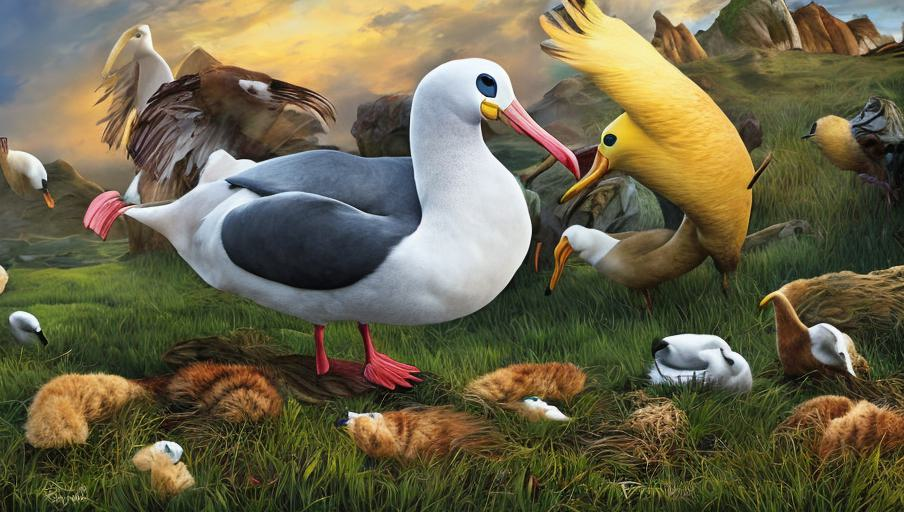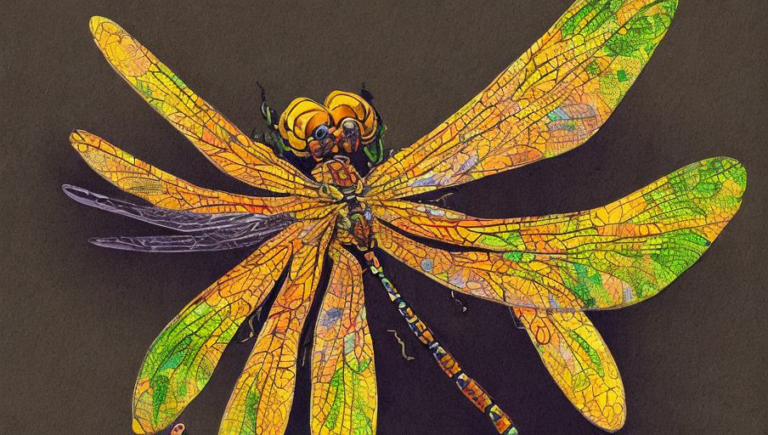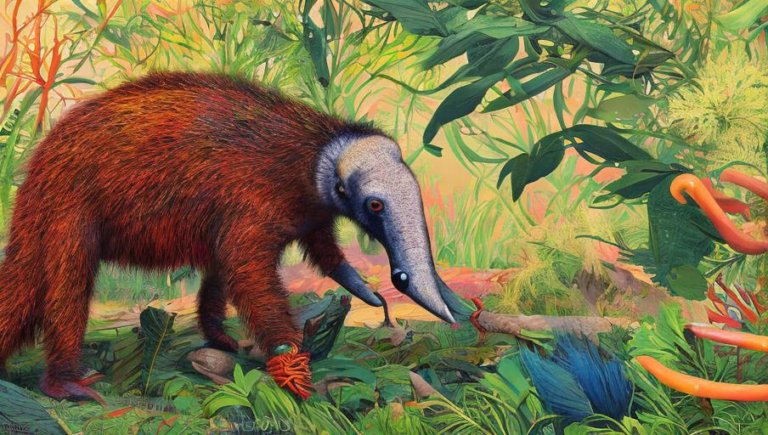Zigzagging Migration of the Albatross

A Fascinating Flight: The Albatross
The albatross is one of the most majestic birds in the world, known for its long-distance, zigzagging flight patterns. This remarkable species of seabird can travel thousands of miles over vast expanses of ocean, with some records showing that albatrosses have flown over 10,000 miles in just one flight!
Albatross Evolution
The albatross’ extraordinary ability to fly long distances is believed to have been developed through millions of years of evolution. With their wingspan ranging from 5 to 11 feet, their impressive wings allow them to soar through the air with ease. The albatross has also adapted to the long-distance migratory patterns they must follow in order to survive. Their curved wings and powerful muscles enable them to take advantage of the wind currents and make their journey more efficient.
Migration Patterns
The albatross migrates across the world’s oceans, flying back and forth between their breeding grounds and feeding grounds in a zigzagging pattern. The albatross will typically spend the summer months in the northern hemisphere and the winter months in the southern hemisphere. During their migration, they will make several stops along the way in order to rest and feed. The albatross will use their keen sense of smell to detect food sources, such as squid and fish, that are located beneath the surface of the ocean.
Threats to Albatross Populations
Unfortunately, the albatross population is declining due to a variety of factors. These include human activities such as overfishing and plastic pollution, which have caused a decrease in food sources and have made it harder for the albatross to survive. Additionally, the albatross is vulnerable to being caught in fishing lines and nets, which can lead to their deaths. It is vital that we take steps to protect these magnificent creatures and their habitats in order to ensure their survival.
Conservation Efforts
Luckily, there are a number of conservation efforts being taken to protect the albatross. Organizations such as the Royal Albatross Centre in New Zealand are dedicated to preserving the species and creating a safe environment for them to breed and feed. Additionally, laws have been put in place to limit fishing activities in areas that are home to albatrosses. It is important that we continue to work together to protect the albatross and their habitats in order to ensure their survival.
Conclusion
The albatross is a magnificent species of seabird that has captured our imaginations with its long-distance, zigzagging flight patterns. It is essential that we take steps to protect these creatures and their habitats in order to ensure their survival. With the right conservation efforts, we can help to preserve these amazing creatures for generations to come.





